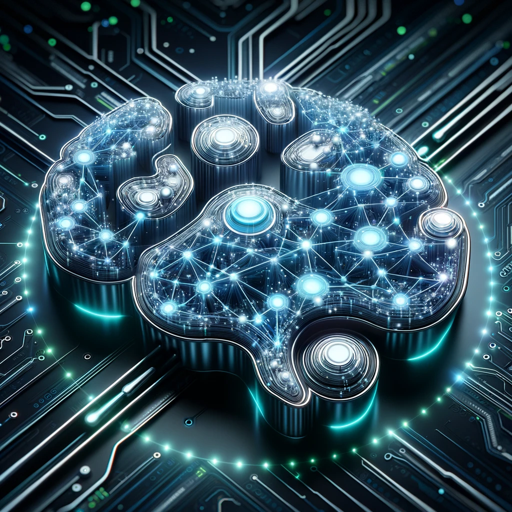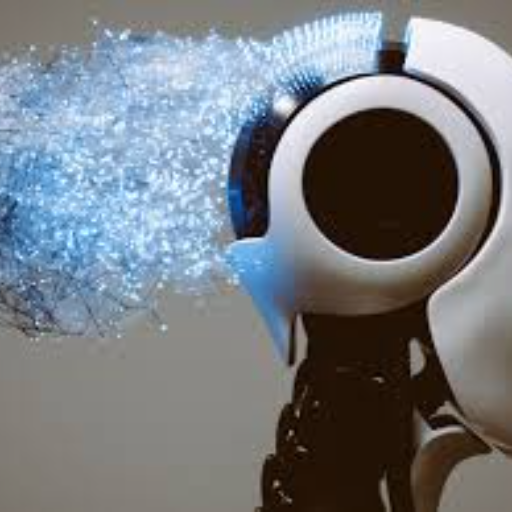Deep learning and Neural networks expert-Deep Learning and Neural Networks Expert
AI-powered deep learning guidance.
Related Tools
Load More
Machine Learning Expert
Expert in machine learning & artificial intelligence theory and exercises, explaining concepts with clarity and insight. Use any of these hotkeys to get a custom answer.

Deep Learning Master
Guiding you through the depths of deep learning with accuracy and respect.

编程专家
中文交流的编程专家

Machine Learning Engineer
Designs AI models that automate complex tasks and analyze large datasets for actionable insights.

Professor ML
I'm your Machine Learning and Python mentor, ready to teach and guide you.

Deep Learning Code Mentor
NLP & ML expert in Python, PyTorch, Transformers, and WMT dataset.
20.0 / 5 (200 votes)
Introduction to Deep Learning and Neural Networks
Deep learning and neural networks are a subset of machine learning that use multiple layers of nodes (neurons) to model complex patterns in data. Neural networks are designed to simulate the way the human brain processes information, enabling machines to recognize patterns, make decisions, and predict outcomes. A neural network consists of an input layer, one or more hidden layers, and an output layer. Each node in a layer is connected to nodes in the next layer with associated weights that adjust during training to minimize prediction error. An example to illustrate this is image recognition. Suppose you want to build a neural network to identify handwritten digits. The input layer would take pixel values of an image, hidden layers would process these values through multiple stages of transformation, and the output layer would provide the predicted digit. The network learns by adjusting weights based on errors in its predictions, improving accuracy over time.

Main Functions of Deep Learning and Neural Networks
Image Recognition
Example
Convolutional Neural Networks (CNNs) are commonly used for image recognition tasks.
Scenario
In healthcare, CNNs can analyze medical images to detect anomalies such as tumors in MRI scans.
Natural Language Processing (NLP)
Example
Recurrent Neural Networks (RNNs) and Transformers are used for tasks like language translation and sentiment analysis.
Scenario
Chatbots use NLP to understand and respond to user queries, enhancing customer service.
Predictive Analytics
Example
Feedforward Neural Networks can be used to predict stock prices or customer churn.
Scenario
Retail companies use predictive models to forecast sales and manage inventory efficiently.
Ideal Users of Deep Learning and Neural Networks
Data Scientists
Data scientists use deep learning to uncover patterns and insights from large datasets, enabling more informed business decisions.
Researchers
Researchers in fields like bioinformatics, physics, and social sciences use neural networks to model complex phenomena and conduct advanced experiments.

Using Deep Learning and Neural Networks Expert
Visit aichatonline.org for a free trial without login, also no need for ChatGPT Plus.
Access the platform for free and explore its features without the need for login credentials or a premium subscription.
Familiarize yourself with the prerequisites.
Ensure you have a basic understanding of machine learning concepts, and an installed Python environment with necessary libraries such as PyTorch.
Identify your use case.
Determine the specific problem you wish to solve, whether it's image recognition, text generation, or any other deep learning task.
Utilize the expert for guidance.
Use the platform to get detailed explanations, code examples, and step-by-step instructions tailored to your use case.
Iterate and optimize your models.
Follow the expert's advice to refine your models, experiment with different architectures and hyperparameters to achieve optimal performance.
Try other advanced and practical GPTs
Jana
AI-powered assistance for every need

The Chronicles of Aetheria
AI-powered immersive RPG adventure

SEO Connectify
Empower Your SEO with AI Insights.
coding
AI-Driven Coding Mastery

DD Expert
Harness AI to master Datadog

Velo Helper
AI-powered code solutions for Wix

Technical Interview Tutor
AI-powered tutor for coding interviews.

Entity Relationship Assistant
Efficient AI-Powered Entity Abbreviations

Redattore Web
AI-Powered Professional Writing Transformation

Benchmark Analyst
AI-Powered Competitive Analysis Tool

Book Cover Generator
AI-driven book cover design tool.

Video Verbatim
Accurate AI-Powered Video Transcriptions

- Research
- Education
- Optimization
- Development
- Consultation
Q&A on Deep Learning and Neural Networks Expert
What is the primary purpose of the Deep Learning and Neural Networks Expert?
The primary purpose is to provide detailed, expert-level guidance on various aspects of deep learning and neural networks, from fundamental concepts to advanced applications.
Can I use this tool for hands-on coding examples?
Yes, the tool offers practical coding examples, particularly in PyTorch, to help you implement and experiment with deep learning models.
What kind of problems can I solve using this expert?
You can solve a wide range of problems including image classification, text generation, reinforcement learning, and more, leveraging the comprehensive explanations and examples provided.
Do I need prior knowledge of machine learning to use this tool?
Basic knowledge of machine learning concepts is recommended to fully benefit from the expert guidance, but the platform also offers introductory materials to help you get started.
How can this tool help in optimizing deep learning models?
The tool provides insights on model architectures, hyperparameter tuning, regularization techniques, and performance measurement to help you optimize your deep learning models.